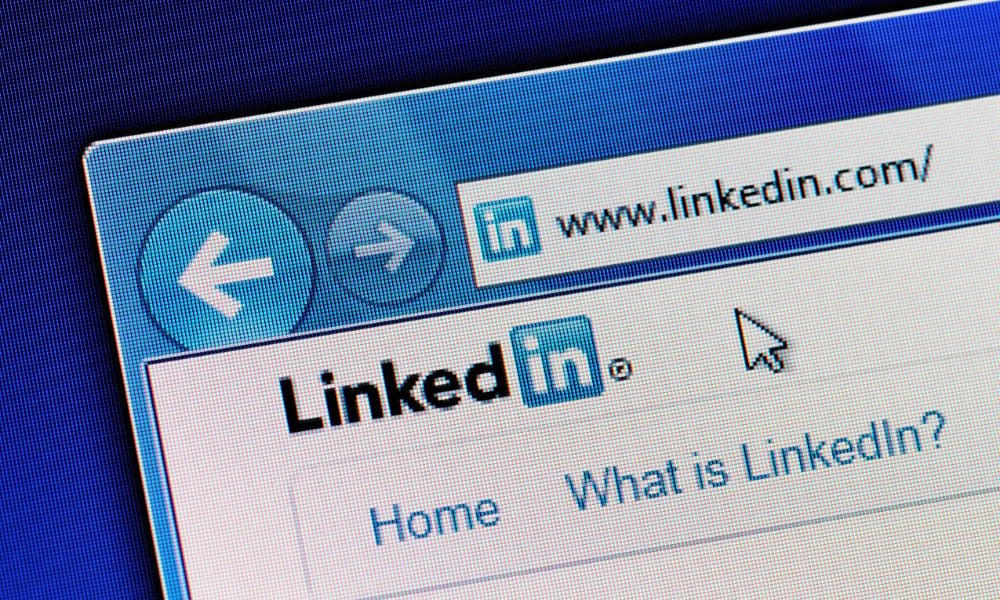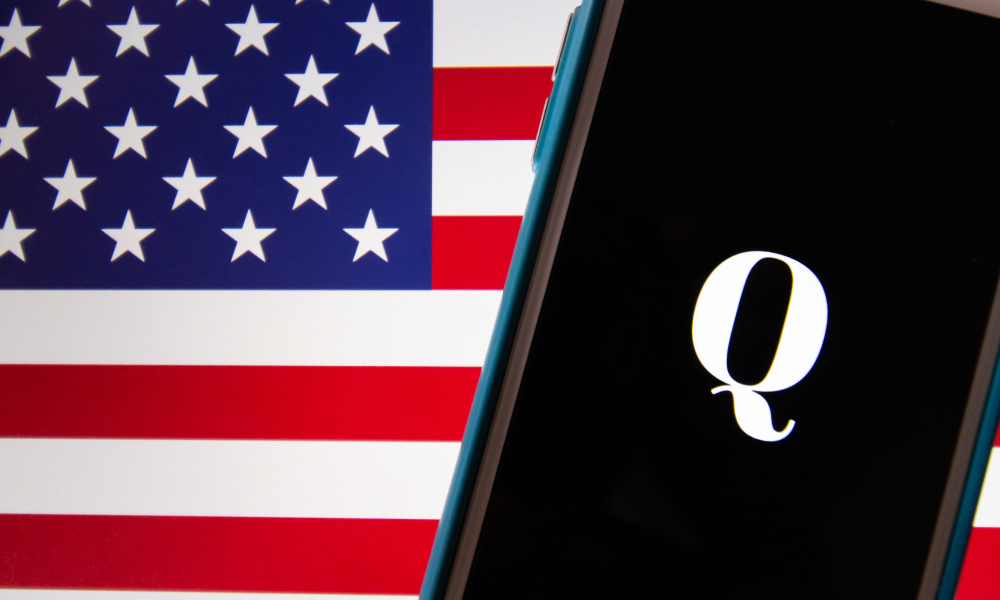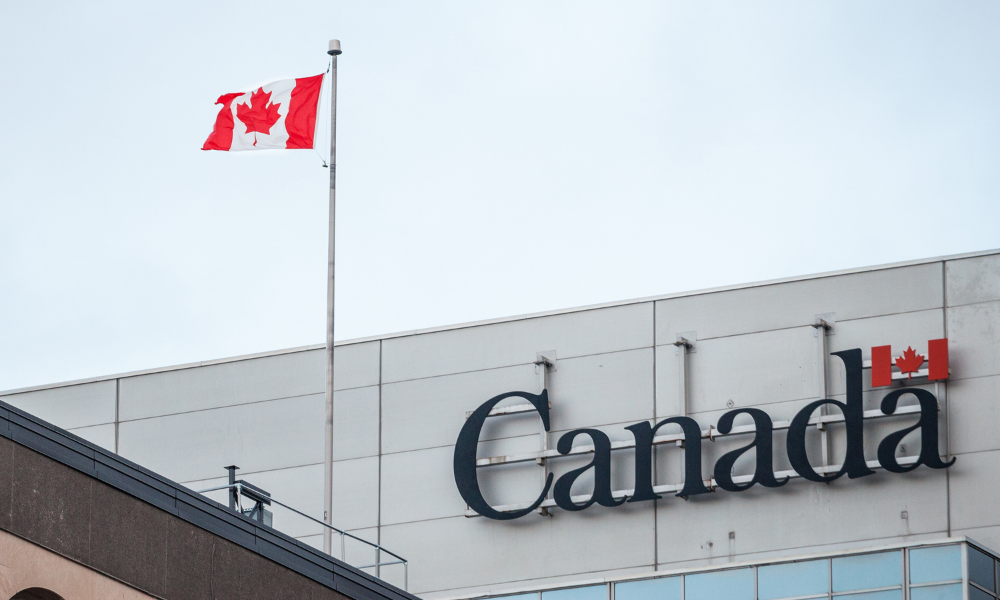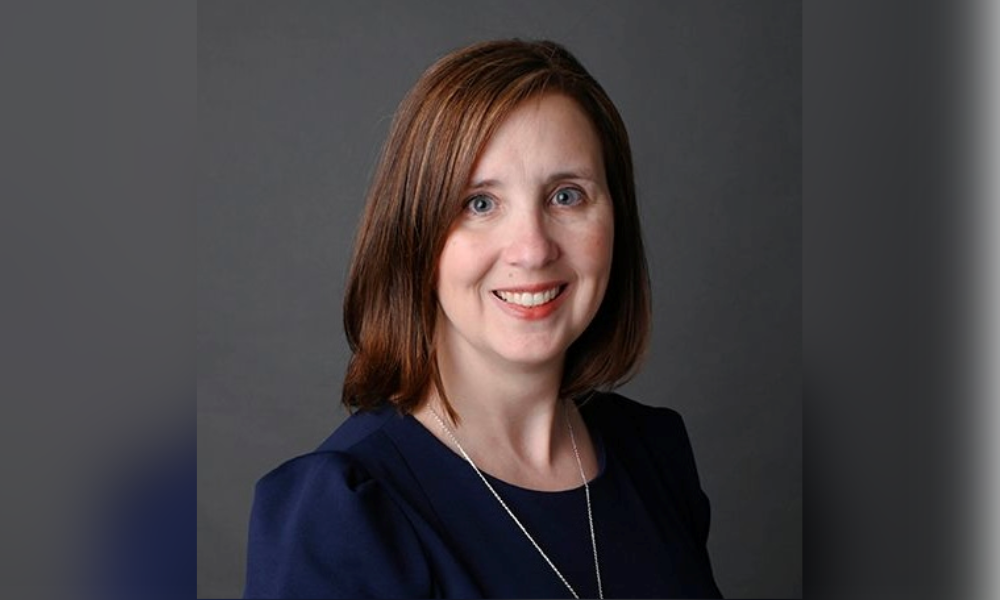To combat fake job posts, recruiters in Canada must provide valid government-issued ID, phone number

LinkedIn is taking a big step to fight back against fake job posts on its platform.
The social media platform is starting to verify user profiles to ensure recruiters are actually who they say they are.
“The verification badge on your profile indicates that you were able to confirm specific information about your account,” says LinkedIn. “Having verified information helps provide authenticity signals to others that you’re who you say you are. Seeing verified information on others’ profiles helps foster a trusted community so you can make more informed decisions around connecting with other professionals.”
A majority of hiring managers (57 per cent) are aware of fake job posts, and 45 per cent are concerned about their company name being illegitimately used for a job post scam, according to a previous report.
How to get verified by LinkedIn
To verify their LinkedIn account, recruiters in Canada, the U.S. and Mexico must present a valid government-issued ID and a U.S., Canadian, or Mexican phone number.
Social media platform members with valid NFC-enabled government passports can do their verification on this LinkedIn webpage. This is currently available to the countries on this list.
“LinkedIn members have the option to verify their identity by uploading a government ID and/or taking a live selfie using certain trusted partners,” says LinkedIn. “These trusted partners (and their authorized processors) have sole access to such data and it’s deleted according to the applicable trusted partner’s privacy policy. LinkedIn does not receive any biometric data about LinkedIn members from these partners.”
LinkedIn account verification is also available to some companies through the following methods:
- via Microsoft Entra Verified ID
- via LinkedIn Learning License through companies
- via Work Email
- via active LinkedIn Recruiter license (not available for Recruiter Lite users)
Verification is also available to learning institutions via education email and LinkedIn Learning License. The verification process is free.
Verifications are visible, but can be removed at anytime. And verification may be shown on other features on the LinkedIn platform.
“For example, if you’re a customer with access to Job Slots and you actively post jobs, your verifications may show up on the jobs you post. These verifications are meant to help you build trust with job seekers and potential candidates,” explained LinkedIn.
Here’s what HR can do amid rising fake job scams, according to one expert.
Catching fake accounts from recruiters
The rise of remote work during the COVID-19 pandemic may have diminished the ability to actively and properly vet the people you meet online, leading to more fraudulent groups seeking out people, according to a previous report.
LinkedIn estimates that it already catches most fake accounts before members report them, noted Sam Sabin, cybersecurity reporter at Axios.
“Adding verification is meant to help the ‘edge cases’ that can still leak through those detection filters,” she said. “Generative AI tools have made it easier for scammers to reach out to unsuspecting users about fake job offers to collect sensitive financial information.
“Verified recruiters will soon receive a checkmark badge on their profiles that confirms they are who they say they are.”




